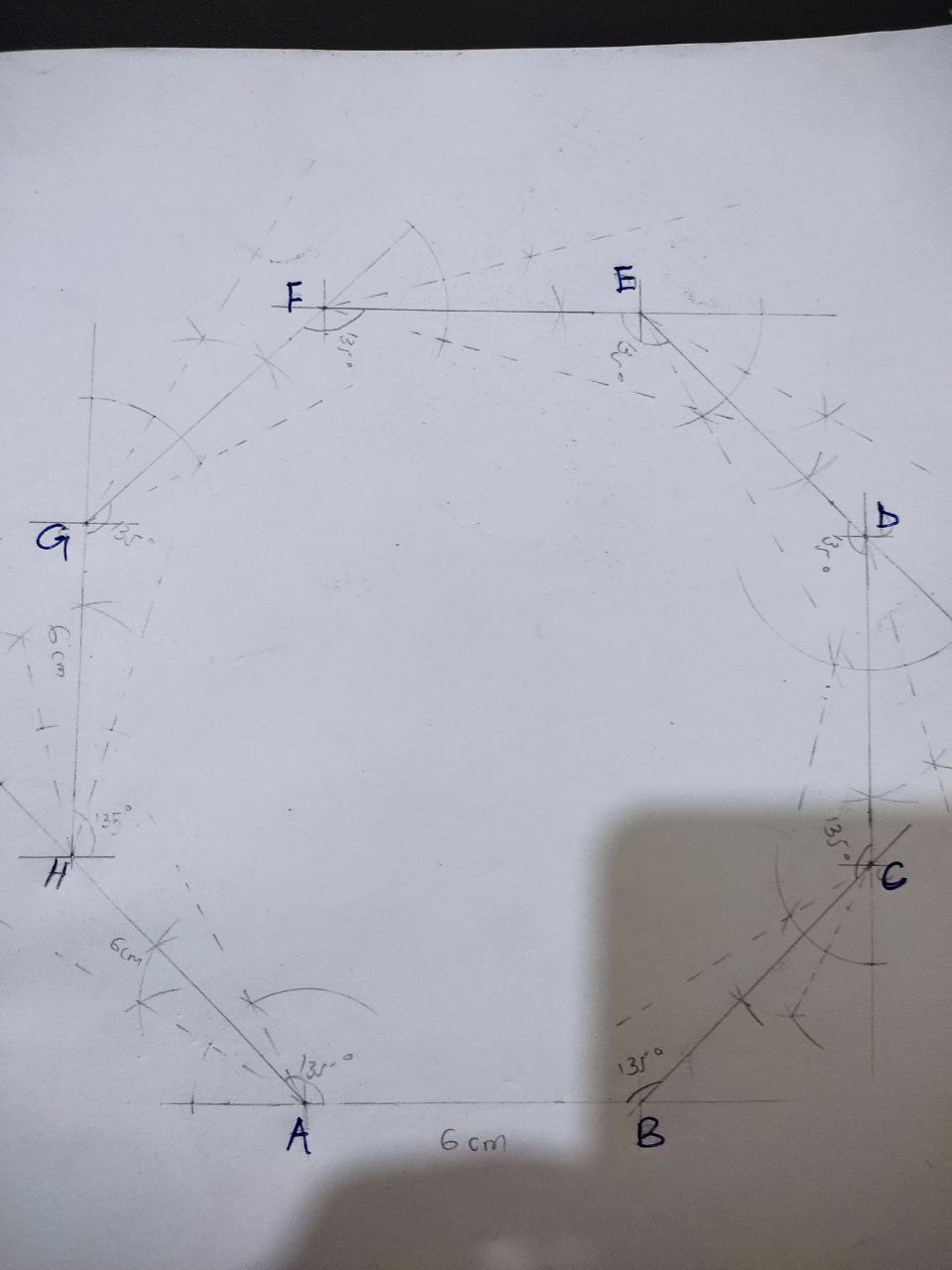A plain or plane, two-dimensional enclosed object that is bounded by straight lengths and does not have sloping sides is referred to as a polygon: this definition comes from the field of mathematics. The corners or vertices of a polygon are the positions where two of the lines of the polygon intersect. A polygon’s sides are sometimes referred to as the polygon’s edges. Polygons can be either regular or irregular: a regular polygon is one in which all sides are the same length and at the same angle. In contrast, an irregular polygon is one in which the dimensions and proportions of the angles and sides vary.
Discussion
In constructing the 8-sided polygon, it is recommended that an individual begins with drawing its sketch. Sketches are a valuable tool for communicating ideas, illustrating functionality, visualizing user flow, and demonstrating anything else that involves human interaction. With the sketch, it would be easier to construct the polygon. The following points should be noted before constructing the Octagon.
The following formula would be put into practice to calculate the angle between the edges (interior angle).

To obtain a single interior angle, then

As illustrated, the following steps can be used to construct an 8-sided polygon. For this illustration, a length of 6 centimeters was chosen.
Step 1
The first phase is to draw the baseline AB that would act as the foundation for constructing the Octagon.
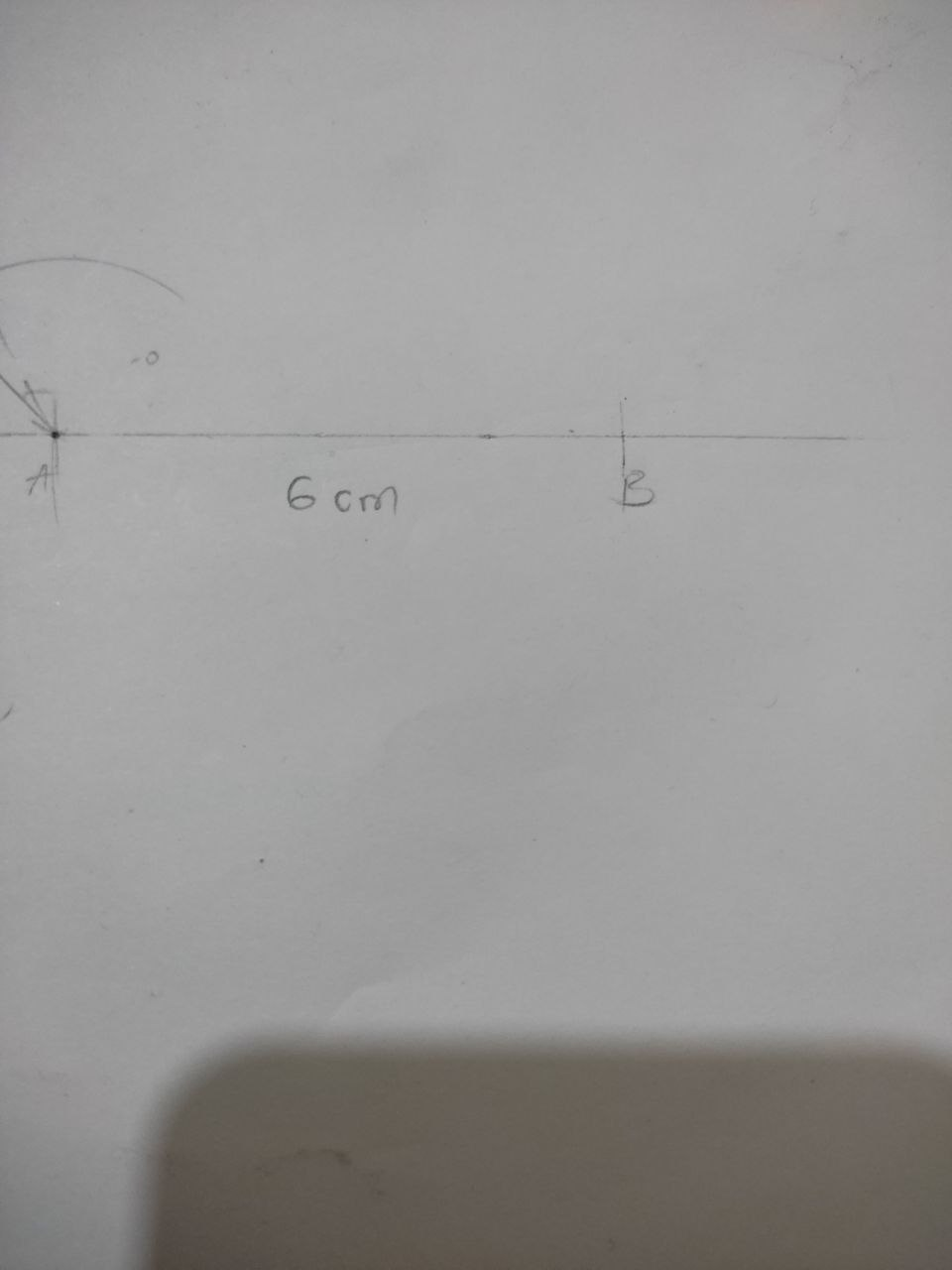
Step 2
At point A, angle 135° is constructed, and a measurement of 6cm is taken to obtain line AH. In constructing angle at point A, it will be prudent to construct angle 120° then bisect the remaining 60° to obtain angle 135°
This step would be necessary for the remaining interior angles since the Octagon is regular.
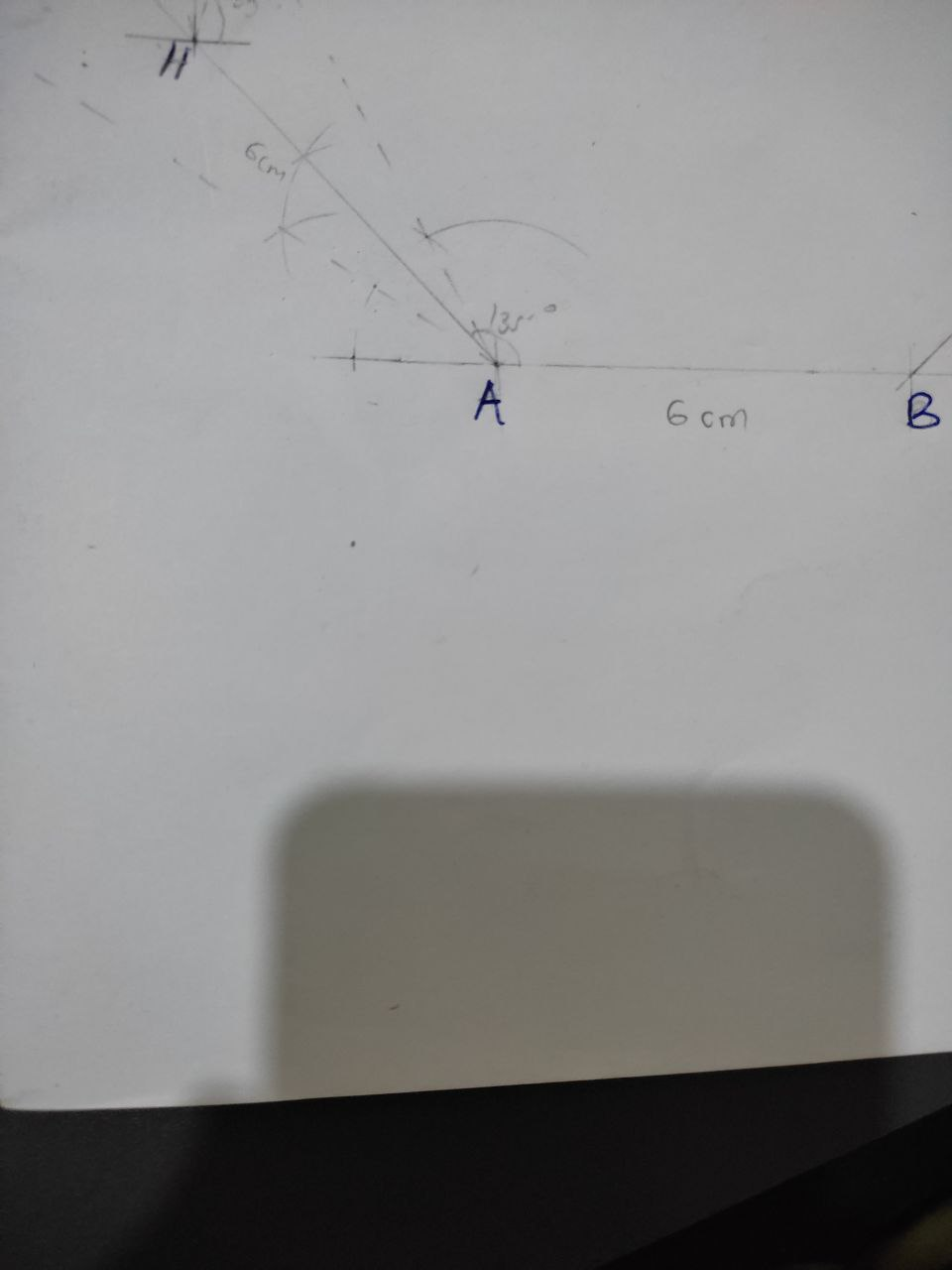
Step 3
Extend line AH past the 6cm point and construct angle 135°. The same illustration for constructing angle 135° as done in step 2 will be repeated here to generate line GH, as shown in the image below.
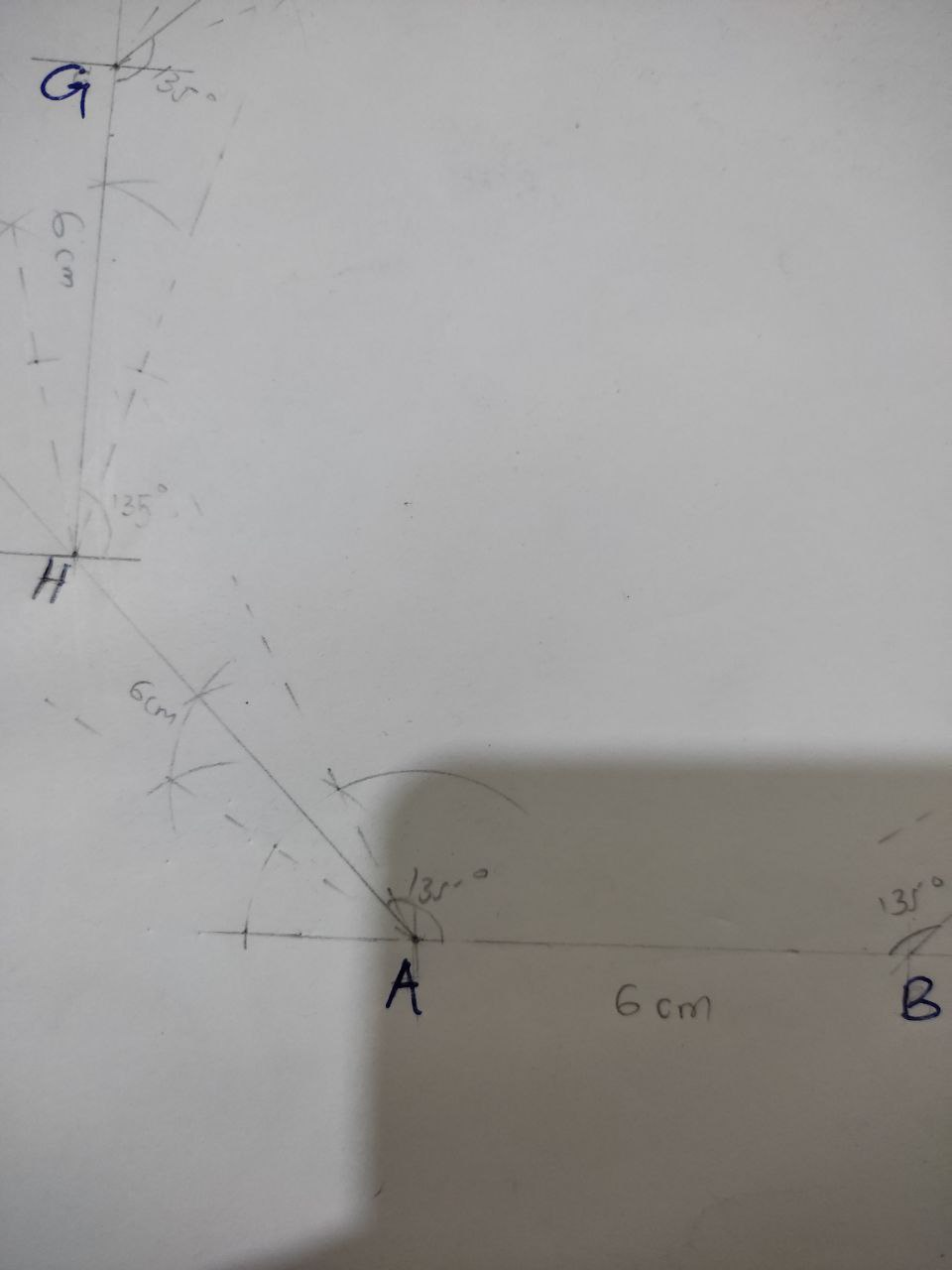
Step 4
At point G, angle 135° is constructed, and a measurement of 6cm is taken to obtain point F and, consequently, line GF.
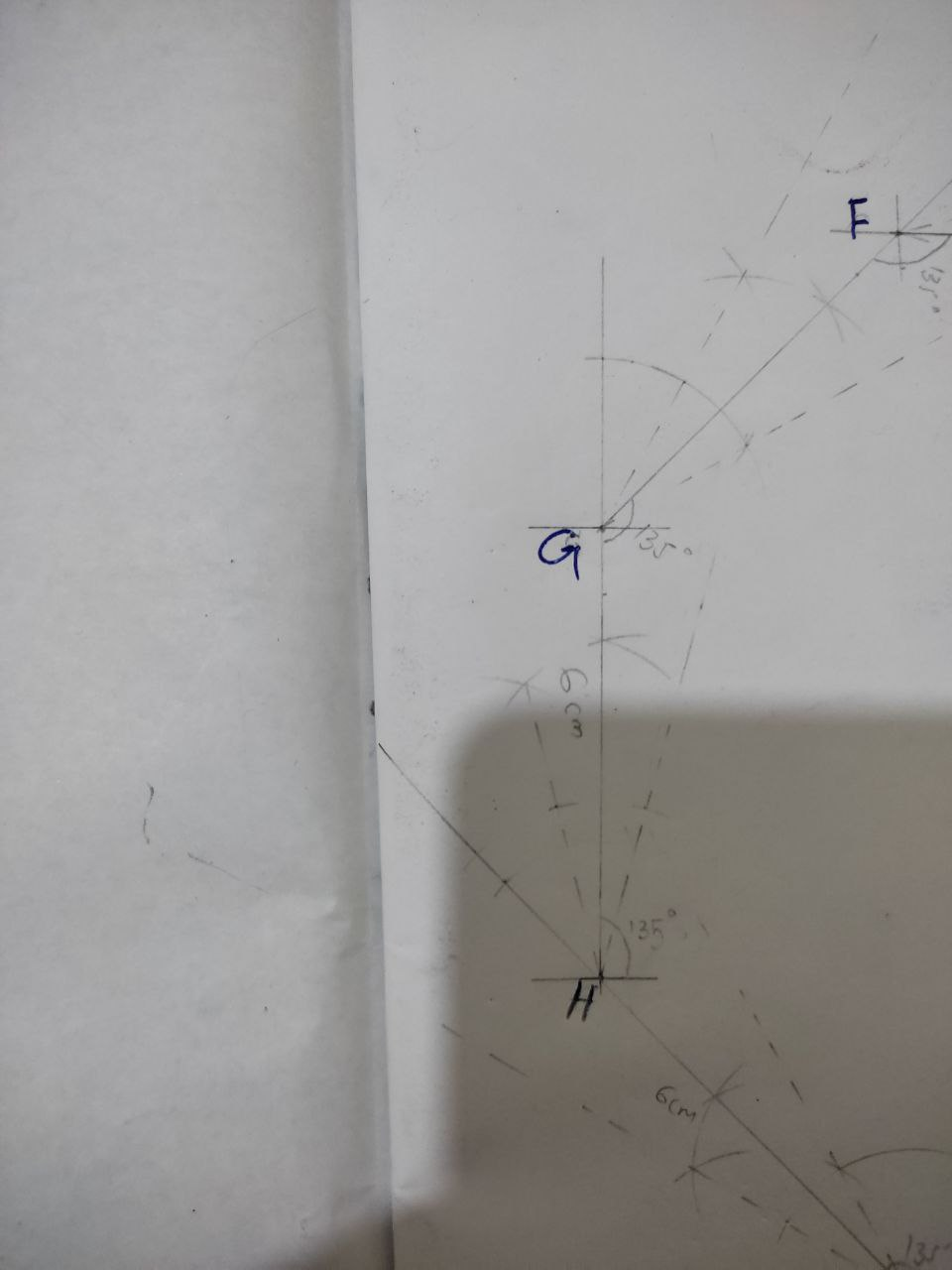
Step 5
At point F, construct angle 135° as illustrated in step 2 and measure 6cm to obtain point E and consequently have line FE.
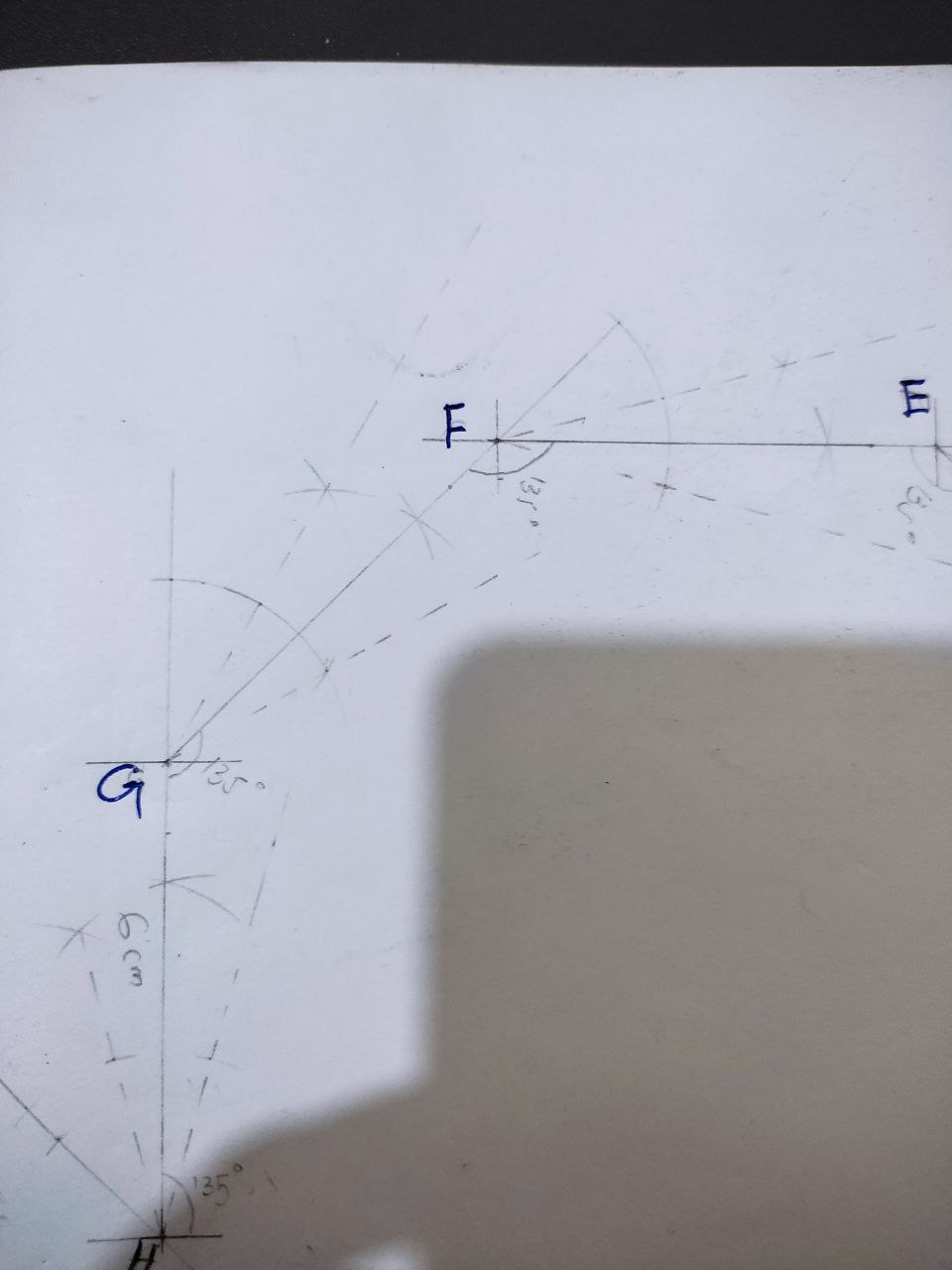
Step 6
At point E, the same procedure carried out in constructing the interior angle 135° would be repeated in this section to obtain point E and line ED as demonstrated in the preceding image.

Step 7
At point D, another angle 135° is constructed, and a measurement of 6cm is taken on its length to obtain point C and line DC, as shown in the image below. It is crucial to note that all through angle 135° is constructed because Octagon, a regular polygon, has its interior angles equal.
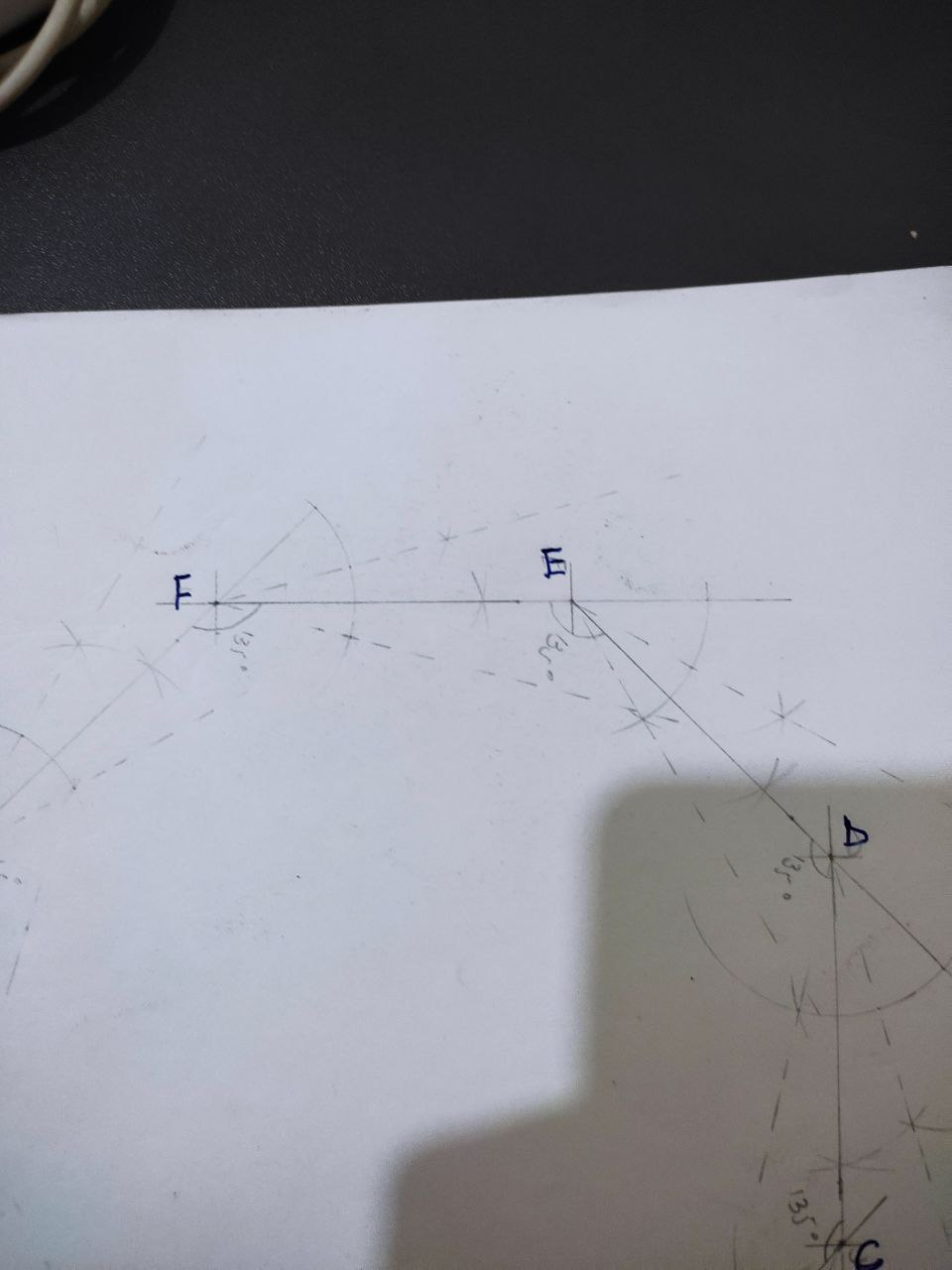
Step 8
At point C, the interior angle 135° is constructed, and likewise, a measurement of 6cm is taken to have line CB as demonstrated in the image below. It is worth noting that the distance between points C and B after constructing the angle 135° automatically becomes 6cm. Joining points C to B would give the complete Octagon, which was the paper’s aim.
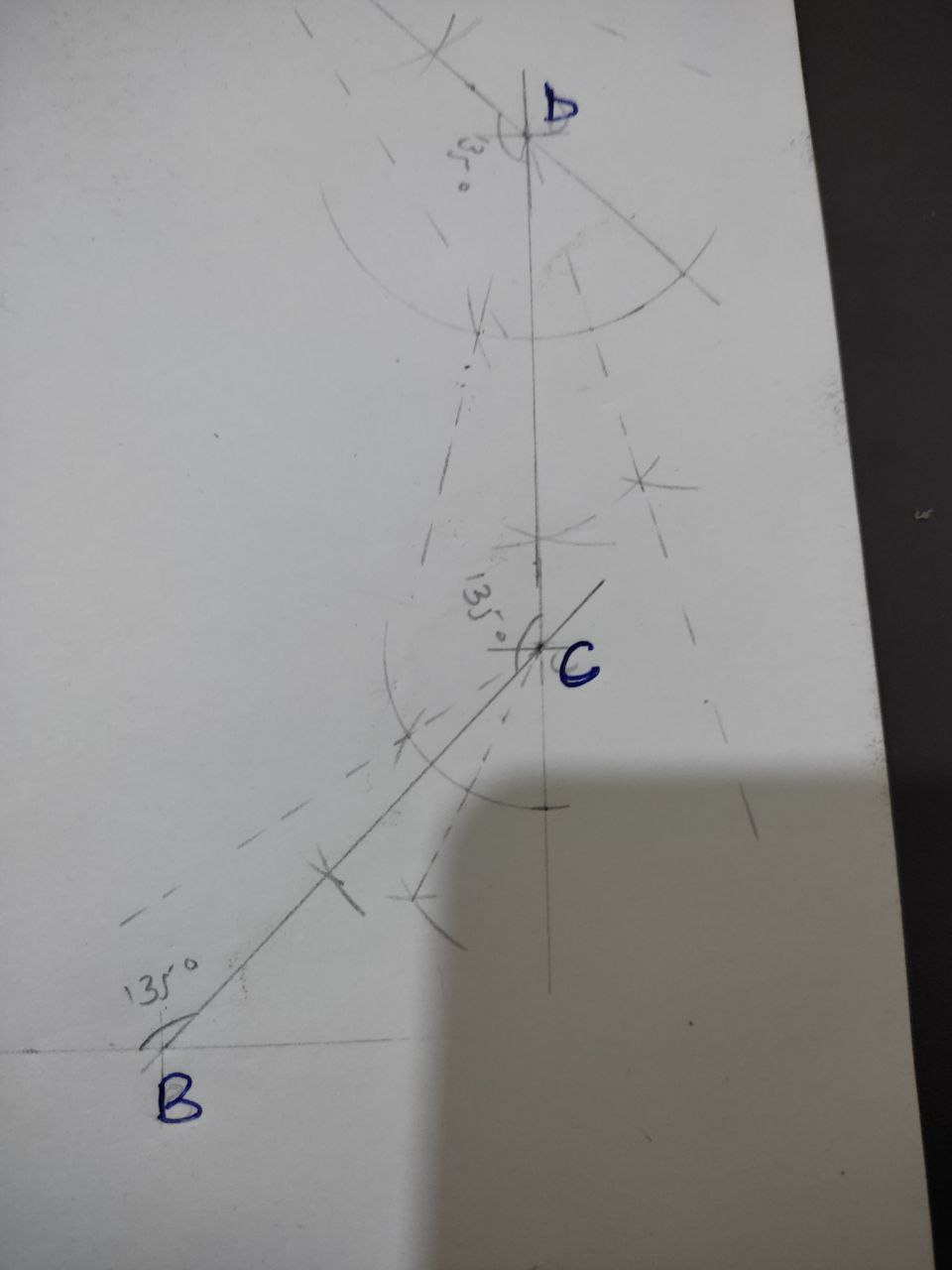
The last image is the complete construction of the 8-sided polygon (Octagon). If the properties mentioned above are incorrect or not followed during construction, then the image constructed would not be a regular polygon. As insinuated in the opening paragraph, a regular polygon’s sides and interior angles must be of the same length and degrees, respectively.
